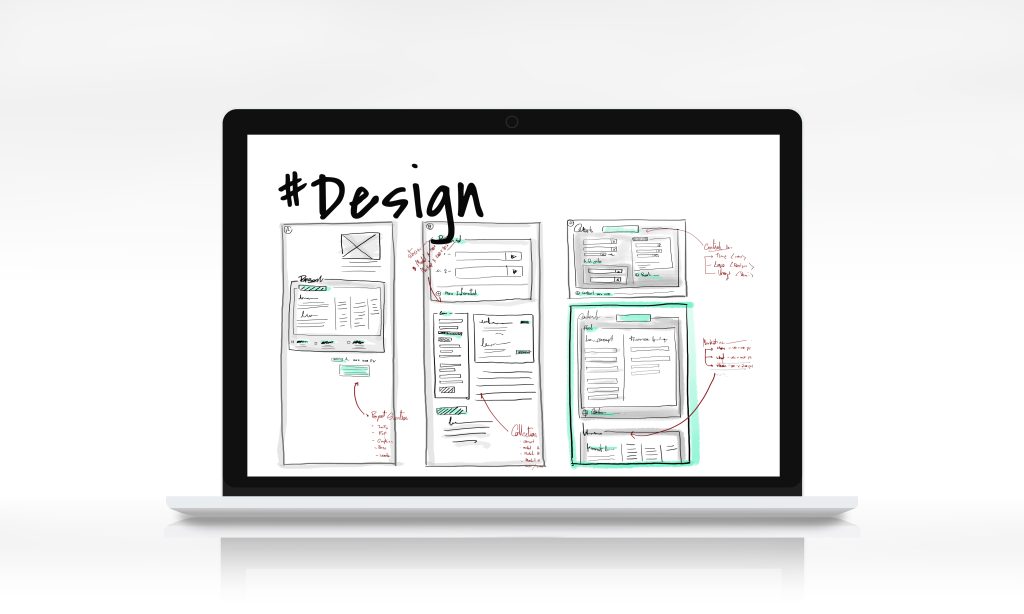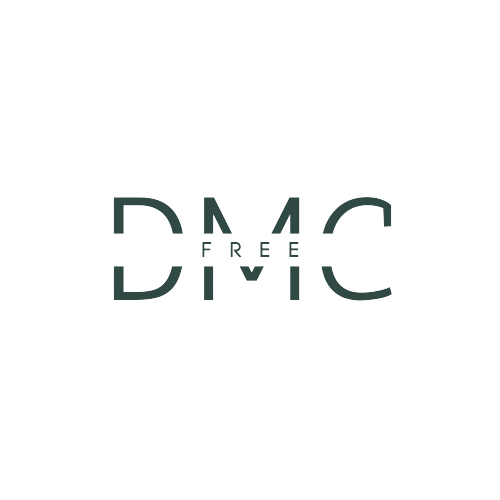
In digital design, integrating optimized discoverability UX patterns plays a pivotal role in defining user experience (UX). These patterns are not just about making features accessible but also about intuitively guiding users to explore functionalities and content they might not have initially sought. This comprehensive exploration examines the nuances and broader implications of these UX patterns in the digital landscape.
Table of Contents
The Essentiality of Optimized Discoverability UX Patterns in UX Design
Optimized discoverability UX patterns are at the heart of user-friendly design, serving multiple critical functions:
- Facilitating User Journeys: They ensure users can navigate a site or app with minimal effort and confusion, enhancing the overall user journey.
- Reducing Cognitive Load: Well-implemented patterns make it easier for users to process information, thereby reducing cognitive load and improving user retention.
- Aiding in Content Exploration: By strategically presenting content and features, these patterns encourage users to explore more, increasing their engagement with the product.
Advanced Strategies in Implementing Optimized Discoverability UX Patterns
Successful implementation of these UX patterns involves advanced strategies:
- Data-Driven Design Decisions: Utilizing user data and analytics to inform design choices ensures that discoverability is tailored to user behaviors and preferences.
- Contextual Navigation Elements: Implementing navigation tools that adapt based on the user’s context within the app or website can significantly enhance discoverability.
- Progressive Disclosure: This technique progressively reveals information to keep users engaged without overwhelming them.
Exploring Real-World Implementations
Various sectors have effectively harnessed optimized discoverability UX patterns:
- Streaming Services: Platforms like Netflix and Spotify use these patterns to suggest new content based on user preferences, enhancing the discovery of new movies, shows, or music.
- Online Marketplaces: Amazon and eBay guide users towards products they might like, boosting sales and customer satisfaction through effective product discoverability.
Overcoming Challenges in Optimized Discoverability UX Design
Despite their benefits, these patterns come with unique challenges:
- Keeping Up with Evolving User Expectations: Users’ expectations change rapidly, and UX designs must evolve accordingly to maintain effective discoverability.
- Designing for Diversity: Creating UX patterns that cater to a diverse user base with varying skills and preferences requires thoughtful, inclusive design.

Read More: UX Design Consultant
Future Trends in Optimized Discoverability UX Patterns
As we look to the future, several trends are set to shape the use of optimized discoverability UX patterns:
- AI and Machine Learning: Integrating AI can personalize user experiences, predicting and adapting to user needs for enhanced discoverability.
- Voice and Gesture-Based Navigation: As voice and gesture controls become more common, discoverability patterns will adapt to these new modes of interaction.
In summary,
For those aspiring to become a professional UX designer, it’s essential to recognize that optimized discoverability UX patterns are fundamental in their design toolkit. These patterns are dynamic, evolving alongside technological advancements and shifting user expectations. The ability to effectively implement these patterns plays a pivotal role in enhancing user engagement and satisfaction, ultimately influencing the success of digital products. As the technology landscape progresses, the methods of implementing and interacting with these crucial UX elements are also expected to evolve, presenting an ever-changing and stimulating arena for UX designers.
FAQs
1. What Exactly Does Discoverability Mean in UX Design?
- In UX design, discoverability is a key concept that pertains to how easily users can find and access features, information, or functionalities in a digital interface. It’s about creating an intuitive design that naturally guides users to necessary and supplementary features, thus enhancing their interaction and experience with the product. Effective discoverability bridges the gap between user needs and product offerings.
2. How Can I Enhance Findability in My UX Design?
- To boost the findability in UX design, consider these essential strategies:
- Intuitive Navigation: Craft a navigation system that is both intuitive and user-friendly.
- Robust Search Features: Implement a powerful search feature to help users quickly find specific elements.
- Strategic Visual Cues: Utilize visual cues effectively, such as icons, contrasting colors, and legible typography, to guide users to important sections.
- Consistency in Design: Ensure your layout and design patterns are consistent across the platform for easy user adaptation.
- Iterative User Testing: Regularly conduct user testing sessions to gather actionable feedback, understand user interactions and make improvements accordingly.
3. What Constitutes Good Discoverability in Design?
- Good discoverability in design is characterized by the user’s effortlessly ability to locate what they are searching for and encounter useful features or content that they might not have initially sought. This is achieved through a well-thought-out layout, explicit labeling, a well-structured visual hierarchy, and engaging interactive elements. A design excelling in discoverability streamlines the user journey and elevates user engagement and contentment by making navigation efficient and exploratory.
4. What is Meant by Optimized UX?
- Optimized UX refers to the meticulous crafting of a user experience that is perfectly attuned to the user’s needs, behaviors, and preferences, all while aligning with the product’s objectives. This optimisation level is attained through an in-depth understanding of the user base, an iterative design process, continuous testing, and refinement. It aims to ensure that every facet of the user’s interaction with a product is coherent, intuitive, and satisfying, ultimately enhancing user satisfaction and product effectiveness.


